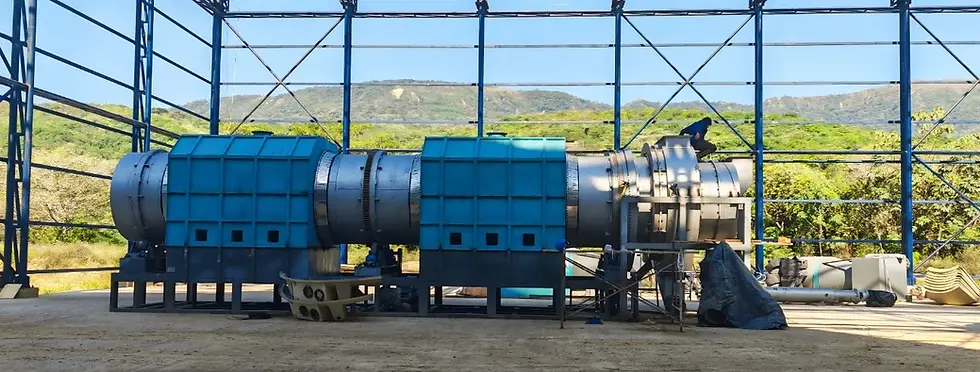Regulatory Frameworks Influencing Pyrolysis Plant Deployment
- lee784287
- 11小时前
- 讀畢需時 3 分鐘
The deployment of pyrolysis technology is increasingly dictated by stringent regulatory frameworks designed to align industrial operations with environmental and energy policies. Governments worldwide are enforcing more rigorous compliance standards to ensure that waste-to-energy systems, including small plastic pyrolysis machine, operate within safe and sustainable parameters. These frameworks vary across regions but share a unified objective: to balance industrial growth with ecological preservation.
Environmental Compliance and Emission Standards
Regulations governing pyrolysis plants primarily revolve around emission control and waste management protocols. Many jurisdictions require operators to obtain environmental impact assessments (EIA) before construction or operation begins. These assessments evaluate potential discharges of volatile organic compounds, carbon monoxide, and particulate matter. In the European Union, for instance, pyrolysis units must adhere to directives under the Industrial Emissions Directive (IED), which defines threshold limits for exhaust emissions and establishes monitoring frequencies. Similar frameworks in North America, such as the U.S. Environmental Protection Agency (EPA) Clean Air Act, enforce strict standards for continuous emission monitoring and pollutant abatement.
In developing markets, governments are gradually adopting equivalent standards to mitigate the environmental footprint of plastic recovery systems. Compliance often involves advanced gas treatment systems—cyclones, scrubbers, or activated carbon filters—to ensure gaseous effluents meet permissible levels. A small plastic pyrolysis machine designed with integrated flue gas purification can significantly ease regulatory approval by demonstrating reduced emission output.

Waste Classification and Feedstock Regulation
Another critical regulatory component involves the classification and sourcing of feedstock. Waste streams eligible for pyrolysis conversion must be clearly defined under national waste legislation. Certain countries prohibit the use of hazardous or mixed municipal waste to prevent secondary pollution risks. As a result, pyrolysis operators must maintain a transparent waste sourcing system and document the origin and composition of all input materials.
In regions emphasizing circular economy principles, such as Japan and South Korea, regulatory agencies promote the recovery of non-recyclable plastics through pyrolysis while ensuring traceability of input streams. This dual approach encourages industrial recycling without compromising environmental integrity.
Licensing, Certification, and Safety Standards
Licensing requirements often encompass multi-tiered procedures, including plant design evaluation, operational testing, and safety inspection. Regulatory authorities may mandate that pyrolysis facilities obtain certifications for mechanical integrity and thermal process safety. Operators are also required to submit periodic operational reports detailing feedstock throughput, product yield, and emission data. In the case of small-scale systems, such as a small plastic pyrolysis machine, simplified licensing pathways are sometimes available, provided the installation capacity and feedstock volume remain below specified limits.
Safety regulations emphasize containment of combustible gases, maintenance of negative pressure environments, and implementation of automated shutdown mechanisms. Compliance with international standards, including ISO 14001 for environmental management and ISO 45001 for occupational health and safety, further enhances credibility and facilitates cross-border project approval.
Policy Incentives and Future Directions
Beyond restrictions, some governments offer fiscal incentives—such as tax credits, carbon offsets, or renewable energy certificates—to promote pyrolysis adoption. These incentives often correlate with verified carbon reduction metrics or the substitution of fossil-derived fuels with pyrolysis oil. The integration of pyrolysis within national decarbonization roadmaps signals a growing recognition of its potential in circular waste management.
As policy landscapes evolve, the alignment of technology design with regulatory expectations will remain central to the global proliferation of pyrolysis systems. Manufacturers and investors who anticipate these frameworks, incorporating compliance-ready features from inception, will be better positioned to navigate approval processes and accelerate sustainable deployment.



留言